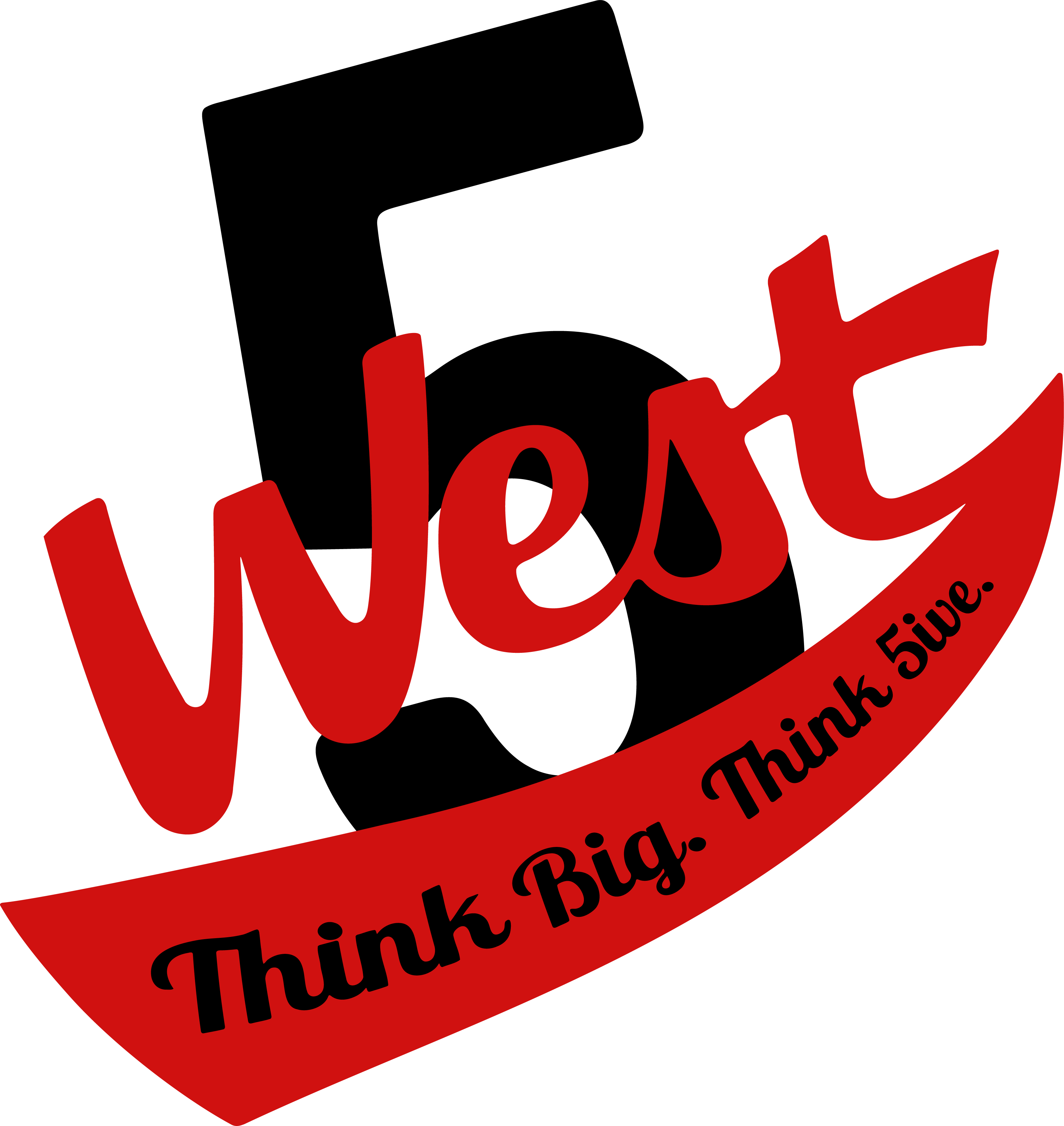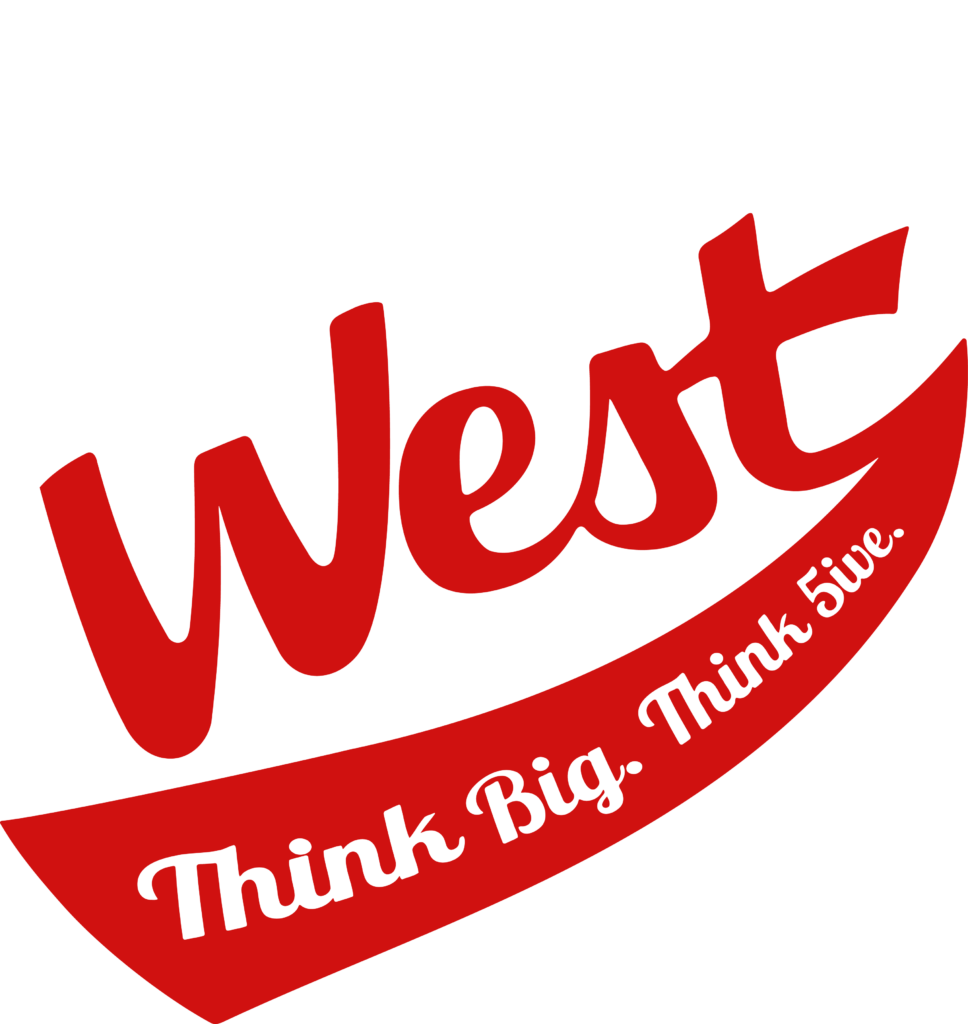Starting your career in marketing is exciting, but it can also be intimidating. Whether you’ve just finished your degree or recently decided to pursue a marketing career path, landing that first marketing job can feel like a mountain to climb. But the good news? You don’t need years of experience or insider connections to get started. What you need is the right strategy.
In this guide, we’ll walk you through ten actionable steps that will help you stand out from the competition, showcase your strengths, and land your first real role in the marketing world. Let’s dive in.
Step 1: Understand What Marketing Really Is
Before you apply for any positions, take the time to fully understand the diverse landscape of marketing. Marketing isn’t just about social media or advertising—it’s a broad field that includes digital marketing, content creation, SEO, analytics, branding, email marketing, public relations, and more.
Explore different marketing career paths to see what truly interests you. Do you enjoy storytelling and design? You might love content or creative marketing. Do you prefer numbers and trends? Digital marketing or performance analytics might be your thing.
The more clarity you have about what part of marketing you want to enter, the more focused and confident your job search will be.
Step 2: Build a Solid Foundation of Marketing Knowledge
If you’re new to the field, don’t panic—everyone starts somewhere. Begin by building a strong foundation in marketing principles. Fortunately, there are tons of free and low-cost resources out there.
Recommendations:
- Google Digital Garage (Free)
- HubSpot Academy (Free)
- Coursera (Low-cost certificates)
- LinkedIn Learning (Free with trial)
Learn about basic concepts like the marketing funnel, branding, customer personas, SEO, email marketing, and social media management. When you speak the language of marketing confidently, you instantly become a more appealing candidate.
Step 3: Create a Standout Resume
One of the biggest hurdles for job seekers is crafting a resume when you don’t have much (or any) experience. But here’s the secret: hiring managers don’t expect you to have a long list of roles. What they care about is your potential.
Tips for a Winning Entry-Level Resume:
- Focus on relevant coursework or academic projects.
- Include volunteer work or freelance gigs.
- Highlight transferable skills: communication, creativity, problem-solving, teamwork.
- Quantify achievements: “Increased Instagram engagement by 40% during a student campaign.”
- Customize your resume for each application.
Use a clean, modern template, and keep it concise—ideally, one page. A tailored resume that speaks directly to the job description will always beat a generic one.
Step 4: Build an Online Presence
In marketing, your online presence can be a portfolio in itself. Employers often search for candidates online, so take control of your narrative.
Build and optimize:
- LinkedIn profile: Make sure your profile photo, headline, and summary clearly reflect your interest in marketing.
- Personal website or blog: Use a simple site to showcase your projects, writing samples, or portfolio pieces.
- Social media presence: If relevant, use Twitter or Instagram to share marketing insights, trends, or your creative work.
Your digital footprint should reinforce your passion and skills in marketing. A strong online brand makes you more memorable—and more hireable.
Step 5: Get Hands-On Experience
Experience doesn’t always mean a full-time job. In fact, internships, volunteer work, and personal projects are gold for your resume and interviews.
Ways to Get Experience:
- Volunteer to manage social media for a local business or non-profit.
- Help a friend promote their startup.
- Create a mock campaign for a brand you love and publish it online.
- Take on freelance gigs through platforms like Upwork or Fiverr.
These projects help build your confidence and give you concrete examples to talk about during interviews. Remember, it’s not about being paid—it’s about proving your ability to apply marketing skills in real-world situations.
Step 6: Learn to Read and Tailor to Job Descriptions
Reading job descriptions closely is a crucial skill that many job seekers overlook. Each listing is a roadmap to what the employer values—and what you should highlight in your application.
What to Look For:
- Required skills and tools (e.g., Canva, Google Analytics, Hootsuite)
- Key responsibilities (content creation, social media, reporting)
- Keywords to include in your resume and cover letter
Then, customize your application to match. If a posting emphasizes social media and copywriting, lead with those skills. Avoid the trap of sending the same resume to every job. Personalization shows effort—and gets results.
Step 7: Start Applying
It’s easy to get caught in the trap of applying to every marketing role you see, but that can lead to frustration and burnout. Instead, apply strategically.
Focus on:
- Roles that match your interests and skill level.
- Companies you’re genuinely excited about.
- Jobs that are realistic for beginners.
Look for entry-level marketing jobs on platforms like LinkedIn and Indeed, as well as local agencies in your area. Set daily or weekly goals for the number of applications and track your progress. Quality over quantity matters here.
Step 8: Write a Personalized Cover Letter
Yes, you still need a cover letter—and no, it shouldn’t be boring. A good cover letter is your chance to show personality, enthusiasm, and genuine interest in the company.
What to Include:
- Why you’re excited about this company and this role
- A brief story or project that proves your skills
- How you can add value to their marketing efforts
Keep it concise (under one page), avoid clichés, and tailor it for every job. A great cover letter can turn a decent application into a standout one.
Step 9: Prepare for Interviews Like a Pro
Congrats! You’ve landed an interview. Now’s your chance to make a lasting impression.
What to Expect:
- Questions about your background, experience, and skills
- Behavioural questions (e.g., “Tell me about a time…”)
- Marketing-specific questions (e.g., “How would you promote a new product?”)
How to Prepare:
- Practice your answers aloud or with a friend.
- Use the STAR method (Situation, Task, Action, Result) for storytelling.
- Research the company thoroughly—know their products, mission, and recent campaigns.
- Prepare questions for them (this shows you’re genuinely interested).
Confidence comes from preparation. Walk in knowing your story, your strengths, and what makes you a great fit for their team.
Step 10: Stay Resilient and Keep Learning
Rejection is part of the journey. You might not land your first marketing job right away, and that’s okay. Every application, interview, and networking chat is a step forward.
Stay on track by:
- Continuing to learn—stay current with trends and tools.
- Building connections on LinkedIn or attending local marketing meetups.
- Asking for feedback when you’re turned down.
Your persistence will pay off. Many successful marketers today started with unpaid internships, freelance gigs, or part-time roles. They built momentum over time.
Bonus Tips for Standing Out in a Competitive Market
In a field as dynamic and in-demand as marketing, you need to do a little extra to rise above the crowd. While the ten steps above form a solid foundation, here are a few bonus tips to help you shine even brighter:
Learn In-Demand Tools and Platforms
Marketing has become increasingly digital, which means being familiar with key tools can give you an edge. Even if you’re not an expert, having hands-on experience with popular platforms will make your resume more competitive.
Some tools to consider:
- Google Analytics and Google Ads
- Meta Business Suite (for Facebook and Instagram Ads)
- Canva and Adobe Creative Suite
- Email platforms like Mailchimp or Klaviyo
- Project management tools like Trello, Asana, or Monday.com
Many of these offer free trials, tutorials, or certifications—great resume boosters and conversation starters in interviews.
Follow and Learn from Marketing Leaders
Stay plugged into the industry by following marketers and brands who share insights online. This not only helps you learn but also helps you understand tone, trends, and creative approaches used by real professionals.
Start with:
- Neil Patel
- Ann Handley
- Rand Fishkin
- Seth Godin
- HubSpot Blog
- MarketingProfs
Following these voices on LinkedIn or subscribing to newsletters is like getting a mini marketing lesson every day.
After You Land the Job
Once you land your first marketing job, the learning doesn’t stop—it actually begins in full force. Entry-level roles are incredible training grounds. Don’t just focus on performing tasks—observe, ask questions, and seek to understand the why behind what your team is doing.
Here are some quick post-hire tips to set yourself up for long-term success:
- Ask for feedback regularly and act on it.
- Take initiative—volunteer for new projects, even if they’re outside your comfort zone.
- Network internally—get to know people in different departments.
- Document your wins—keep track of metrics, campaigns, and results for your portfolio.
This approach not only helps you become great at your job but also sets you up for growth opportunities, raises, and promotions down the line.
Final Thoughts
Breaking into marketing may feel like a challenge, but remember, everyone starts somewhere. You don’t need a perfect resume or decades of experience to begin. What you do need is commitment, curiosity, and the willingness to show up and learn.
There’s no magic formula to landing your first marketing job, but if you follow these steps, stay consistent, and stay passionate—you’re already way ahead of the game.
Marketing is a fast-moving industry. What matters most is your willingness to grow, adapt, and bring value. Keep showing up, and your breakthrough will come. The skills, experience, and relationships you build along the way will shape your long-term success. Don’t rush the process. Trust your potential, do the work, and stay curious.
Whether you dream of creating viral campaigns, optimizing ad performance, or building brand identities from scratch, marketing has room for all kinds of thinkers, creators, and strategists. The path may be different for everyone, but the key steps remain the same.
5ive West provides services focused on helping businesses increase their reach, improve customer retention, and optimize sales strategies. Through a combination of targeted outreach, data-driven marketing, and effective communication, we develop structured campaigns that maximize opportunities for our clients. Contact us today to learn more about how we can partner together to pursue growth opportunities.


